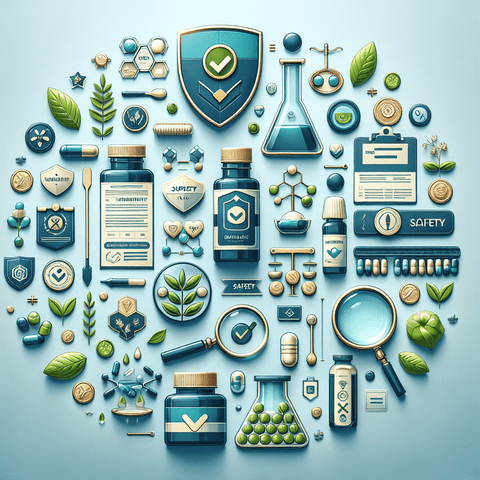Safe ingredient sourcing starts with a clear, repeatable process that reduces uncertainty and protects your brand's reputation. Our page outlines a fast, proven path to trusted suppliers through a structured vetting checklist, verified certifications, and practical tips you can implement today. Focusing on safe ingredient sourcing means documenting provenance, ensuring regulatory compliance, and aligning supplier capabilities with your product, packaging, and labeling requirements. Use a vetting checklist to assess potential partners before signing. Key elements include company background and financial stability, traceability of inputs, supply continuity plans, quality management systems, change-control processes, and evidence of regulatory compliance. Request samples and confirm testing capabilities, laboratory data, and batch records. Verify ethical sourcing, environmental stewardship, and any special handling requirements relevant to your ingredients. Certifications underpin safe ingredient sourcing by providing independent confidence signals. Prioritize recognized standards such as ISO 9001 for quality management, ISO 14001 for environmental management, and ISO 45001 for occupational safety, as well as industry-specific credentials where applicable. Require up-to-date certificates and designate routine third-party audits or assessments. Build a workflow to track expiration dates and revalidation, ensuring ongoing compliance across the supplier network. Finally, safeguard your brand by turning vetting into an ongoing program. Use a supplier scorecard to quantify performance, maintain robust contract terms, and define clear remedies for nonconformance. Diversify your supplier base to reduce risk and implement contingency plans for disruptions. Maintain open lines of communication, protect data shared with suppliers, and document all decisions to support traceability and accountability.

